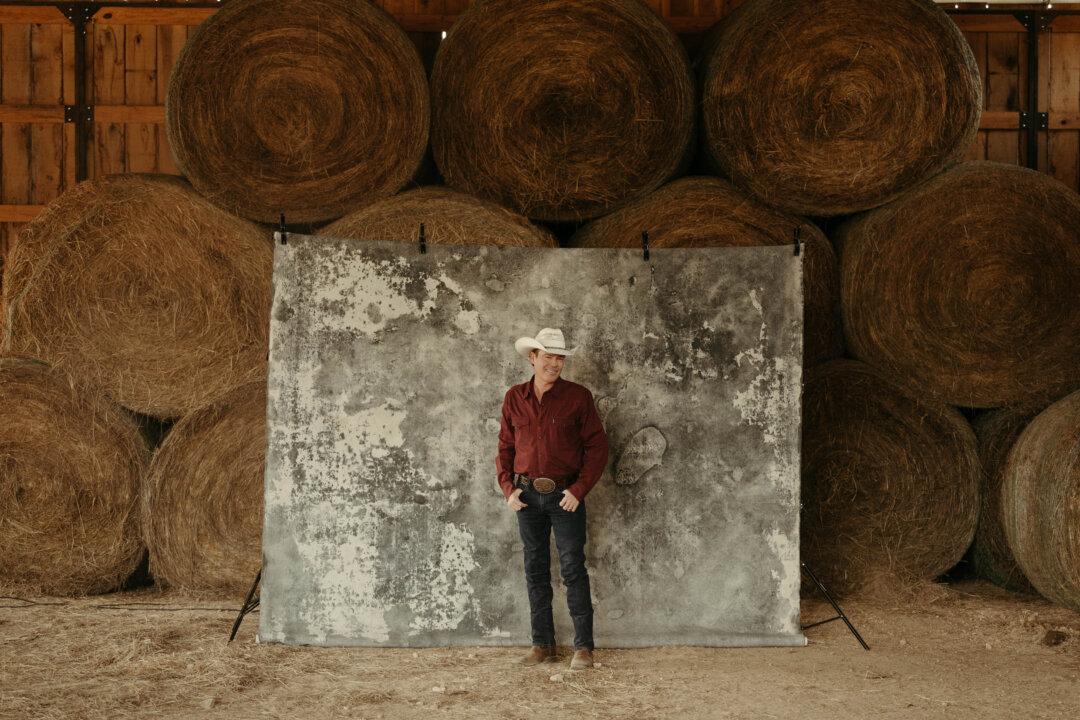On a Sunday morning in a rural Alabama town, when the weather is mild and the sun is shining, a congregation sets up chairs and folding tables on the grounds outside of their church. An assortment of homemade dishes are displayed, from macaroni and cheese casserole to seasoned green beans. Hymn books are placed on the chairs set up to form a large square. Soon, church-goers from surrounding areas will take their seats and open their books to a traditional hymn like “Amazing Grace.” Conducted by a volunteer lead vocalist, they sing together in four-part harmony.
The focus that day isn’t a service or sermon. Instead, the church is throwing a special event, one that music producer and engineer Marlin Greene describes as an “All Day Singing and Dinner on the Ground.” On a celebratory day like this, the congregation comes together to worship in the form of music, group-hymn singing that can last for hours, as well as a hearty meal.





